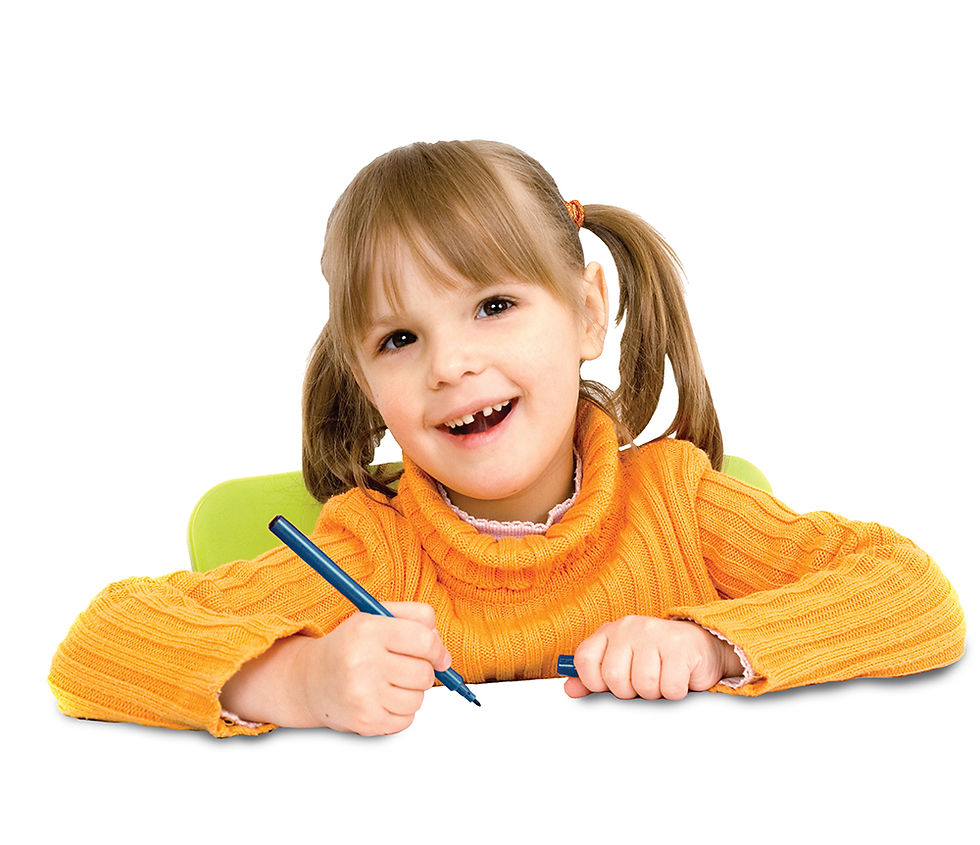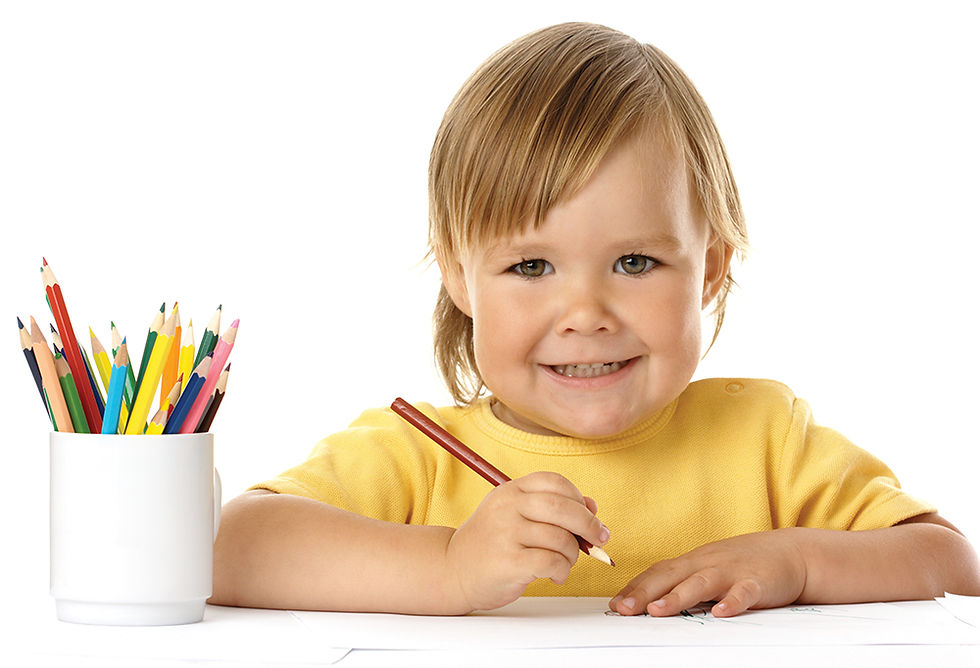Handwriting Practice with Letterland
- letterland

- Aug 29, 2019
- 3 min read
Updated: Aug 15, 2023
There are 52 basic letter shapes in written English (Aa–Zz) and they are all abstract shapes.
In Letterland these abstract shapes are linked to child-friendly characters that children love and quickly get to know. When your child sees the Letterland characters linked to the letter shapes, the risk of confusing all these abstract shapes is greatly reduced. You’ll then find that even when you show the plain black letter shape your child will ‘see’ the character in their mind’s eye, helping them remember the sound and how to form the letter shape.
It’s important for your child to learn the right ‘movement pathway’ for each letter. Correct formation ensures that the letters begin and end in the right place. This is especially important when your child moves on to the next stages of joined-up handwriting. If young children are allowed to form letters ‘their own way’ these habits quickly become established and can be very difficult to correct later.


Finger-trace!
When little fingers get the habit of forming each letter the right way handwriting becomes much easier. Let your child use their finger to trace over each large hollow letter before using the pencil to write the strokes. There are starting arrows to show the correct starting points.

Write and Sing!
Letterland's animated Handwriting Songs are the perfect resource to help your little learners remember the whole alphabet. Watch the letter shapes being formed on screen - the catchy tunes are full of easy-to-remember tips on creating the letter shapes! Trace over the large letter shapes first and then move onto smaller letters as skills improve.

The Shape / Sound Link
Practising the letter shapes can also be an ideal time
for reviewing the letter’s sound. Encourage your child to softly chant the letter’s
sound as they create the shape.

Alliterative Objects
By naming and colouring the objects in each scene, your
child will strengthen their awareness of the sound at the beginning of words.

Capital / Lower Case Pairs
Ask your child to look carefully at the difference in
size as well as at the differences in shape in each capital / lower case letter pair.
The need to make this judgement for themselves prepares them for independent
writing without lines.
It is also important to:
choose a time when your child is not tired
avoid background distractions, such as TV that can affect concentration
keep it short. Ten minutes or so will probably be enough, especially at first
give plenty of praise and encouragement
Featured Products

Little hands will learn good handwriting skills from the beginning with this handwriting practice book! This write-in activity book is for children progressing from tracing the letters to independent writing. It includes fun pre-writing activities with a focus on pencil control. The friendly Letterlanders introduce the correct strokes with a double page for each letter of the alphabet in upper and lower case plus numbers 1-10.
In many schools throughout the UK children are encouraged to learn cursive letter shapes right from the start. By enabling children to start letter formation this way the transition to fully joined-up writing is much quicker. Letter shapes are shown in colour and the lead-in strokes that start on the line are in grey, so children can learn to distinguish the letter shape from the join lines.

Hundreds of thousands of children have already learned to read with the help of Annie Apple, Bouncy Ben and Clever Cat - just three of the friendly characters who form part of the unique phonics system called Letterland. Now you can have fun with the Letterland friends in this wipe clean book and practice letter shapes again and again!
Other Letterland products that help form good handwriting habits:
We hope you found this article useful. If you'd like to use Letterland to help teach your little learners about making words, head over the our website to grab all these brilliant resources.
Want to read more? Check out our article on using Letterland to teach alphabet sounds and shapes or making words.
